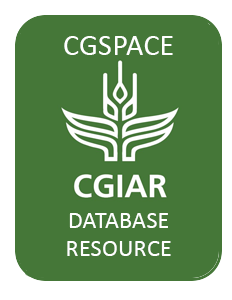La población mundial crecerá de cerca de los 6 000 millones de habitantes de hoy día a más de 8 000 millones en el año 2030. Por consiguiente, en los próximos 30 años habrá que alimentar a 2 000 millones de personas más. La FAO estima que la producción mundial de alimentos deberá incrementarse…
A quarterly news bulletin dedicated to the exchange of information relating to wildlife and national resources management for the Asia-Pacific region.
The IPTRID programme is a multi-donor trust fund managed by the IPTRID Secretariat as a Special Programme of FAO. The Secretariat is located in the Land and Water Development Division of FAO and draws on a worldwide network of leading centres of excellence in the field of irrigation, drainage…
This report deals with the impact of violence against women in the Occupied Territories in the context of conflict, including violence committed by the Israeli state or its agents; the collapse of the rule of law within the Occupied Territories leading to a lack of implementation of existing…
This paper examines the existing and potential connections between rural people and forests in the Kyrgyz Republic, with the aim of developing an improved understanding of the role and potential role of the forestry sector in poverty reduction.1 While the paper focuses on Kyrgyzstan, the wider…
This Law is aimed at: protecting the coastal environment, restoring and preserving coasts as a resource of unique value, and preventing and reducing as much as possible any damage to them; preserving the coastal environment and the coastal sand for the benefit and enjoyment of the public, for…
Shared water resources are strong sources of conflict in the Jordan River basin shared by Israel, Jordan, Palestine, Syria and Lebanon. The control and allocation of water has been explicitly made a part of the ongoing peace negotiations. This article calls for the application of international…
(land tenure studies) 1951
¿Es mejor, y se administra mejor, un bosque con 1 000 especies que un bosque con 500 especies? Este número de Unasylva trata de cuestiones relacionadas con la diversidad biológica forestal y su conservación y uso sostenible. Una de las conclusiones básicas es que los números no son lo único que…





